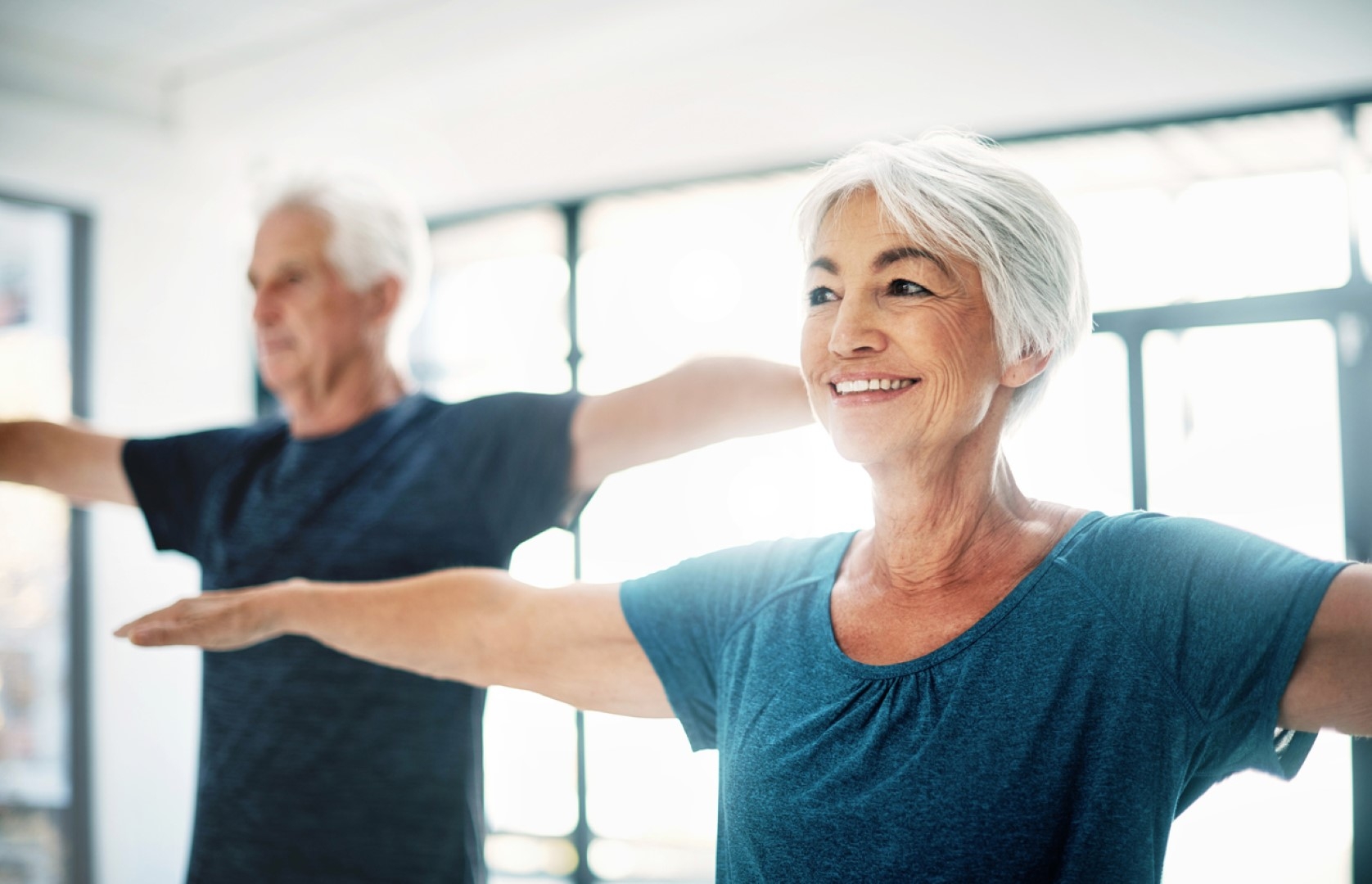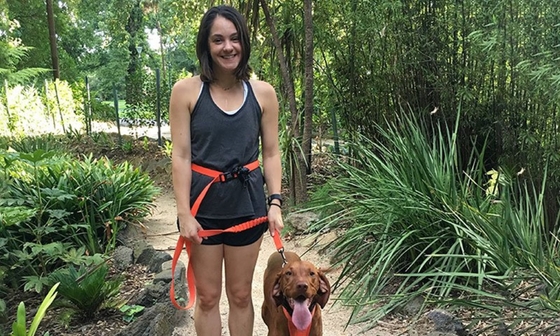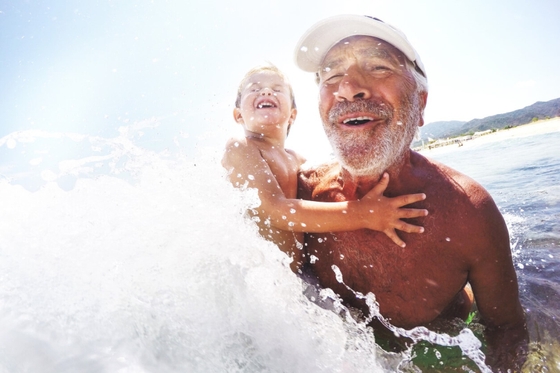
Types of physical activity
Nine out of 10 Australians could reduce the risk of heart disease by walking as little as 15 minutes more each day.
- Cardio and strengthening activities are vital for good health
- Mixing up a range of physical activities makes you more likely to keep it up over the long term
- Physical activity can reduce your risk of heart disease
- Depending on your fitness, activities can be low, moderate or vigorous-intensity.
As an adult, you can significantly reduce your risk of heart disease and heart attack by adding up to 30 minutes or more of brisk walking on five or more days a week. This is the recommendation under the Australian guidelines.
For physical activity guidelines for children and young people visit the Department of Health Physical Activity Guidelines.
What sort of activities should you do?
Being more active helps you to feel, think and live better. To find the right physical activity for you, do what you enjoy, do a variety of activities and do them regularly.
But which activities are best for me? The answer is simple.
- Do what you enjoy.
- Do a variety of activities.
- Do them regularly.
When we have a great time being active, we’re more likely you are to stick to it. Fortunately, there are plenty of ways to be active, such as:
- Take a walking meeting at work
- Play a game with friends in the park
- Go on a bushwalking holiday
- Join a dance class
- Go for a walk. Walking is a great activity for most people as it is free, simple and can be done almost anywhere.
To stay motivated, try setting goals and noting any improvements. You can record progress using a fitness tracker like a Fitbit, mobile app, website or journal.
No matter where you are on your fitness journey, it’s important to be kind to yourself. If you can, remind yourself that you’re doing a great job and that every step is helping you be healthier.
What are the different types of physical activity?
Warming-up and stretching
It’s a good idea to gently warm-up before starting physical activity. This helps prepare muscles for being active and prevent injuries. Stretching after activity, when muscles are warm, will assist flexibility and can ease any aches and pains. Activities that improve flexibility, such as stretches, yoga or Pilates can be great at any age.
Strengthening activities for muscles and bones
Weight-bearing activity is important for almost everyone – especially as we age – as muscle mass and bone density decrease over time. For those with heart disease, it can be safe and beneficial to complete strengthening activities. You should speak to your doctor, cardiac rehabilitation or health care team before starting any exercise using weights.
Bone strengthening involves moderate and high-impact activities to stimulate bone growth and repair. Some examples include gardening, housework, tennis, jogging, and dancing.
Lift light weights
- Improve muscle strength by lifting light weights. If you don’t have access to weights, use cans of tinned food, water bottles or small bags of rice.
- You can also do body weight resistance exercises, such as lunges, squats and push-ups.
Start slowly and build up gradually
- As with any new physical activity, start slowly and gradually build up. With muscle strengthening, start with 10 repetitions lifting an easy weight. Then, slowly over time, increase the repetitions gradually to 20. Once this feels easy, increase the weight slightly and return to 10 repetitions.
Breathe normally
- Don’t hold your breath during lifts. It’s important to breathe normally as the strain of lifting weights can raise blood pressure. This is also true for other lifting activities such as carrying heavy shopping or a basket of wet laundry.
Cardiovascular or aerobic activity
Cardiovascular activity (cardio) can increase your breathing rate, making heart and muscles work harder. It can be low, moderate or vigorous intensity, which is different for every person.
Moderate-intensity activities make breathing heavier, but holding a conversation still comfortable. Some of these include:
- Brisk walking
- Golf
- Easy cycling
- Household jobs, such as washing windows.
Vigorous-intensity activities make us huff and puff so we can’t talk as easily. Examples include:
- Jogging
- Group fitness classes
- Organised sports, such as football, tennis and netball.
High Intensity Interval Training (HIIT) involves short bursts of vigorous exercise paired with rest or low-intensity activity.
How intense should physical activities be?
- Start with moderate-intensity physical activities that make you breathe a little heavier. Then, increase the amount and frequency gradually
- Speak to your doctor or health professional for advice before starting a new physical activity routine
- Don’t overdo it. If you’re feeling discomfort, chest pain, faint, trouble breathing or your heartbeat is too fast or irregular, stop the physical activity immediately and seek medical advice
- Avoid high-intensity physical activity straight after meals or alcohol, or if you have an illness.
Speak to your doctor before you start
Light to moderate activity is fine for most people. However, if you have pre-existing health issues, speak to your doctor before starting any new physical activity.
You might also be interested in...

Exercising for heart and soul
Alicia Philipatos was three days old when her heart condition was diagnosed. She endured many hospital visits and treatments as a child, but at age 29, had to face open heart surgery for a valve replacement. During this time, dealing with a roller coaster of emotions, Alicia took to blogging and exercising. In this blog, she talks about the important role exercise continues to play in her life.

Benefits of physical activity for your heart
Physical activity and exercise can do wonders for your physical and mental health.

Physical activity and your heart health
Physical activity and exercise can benefit your heart, body and mind.
Last updated10 December 2024
Last reviewed11 March 2024